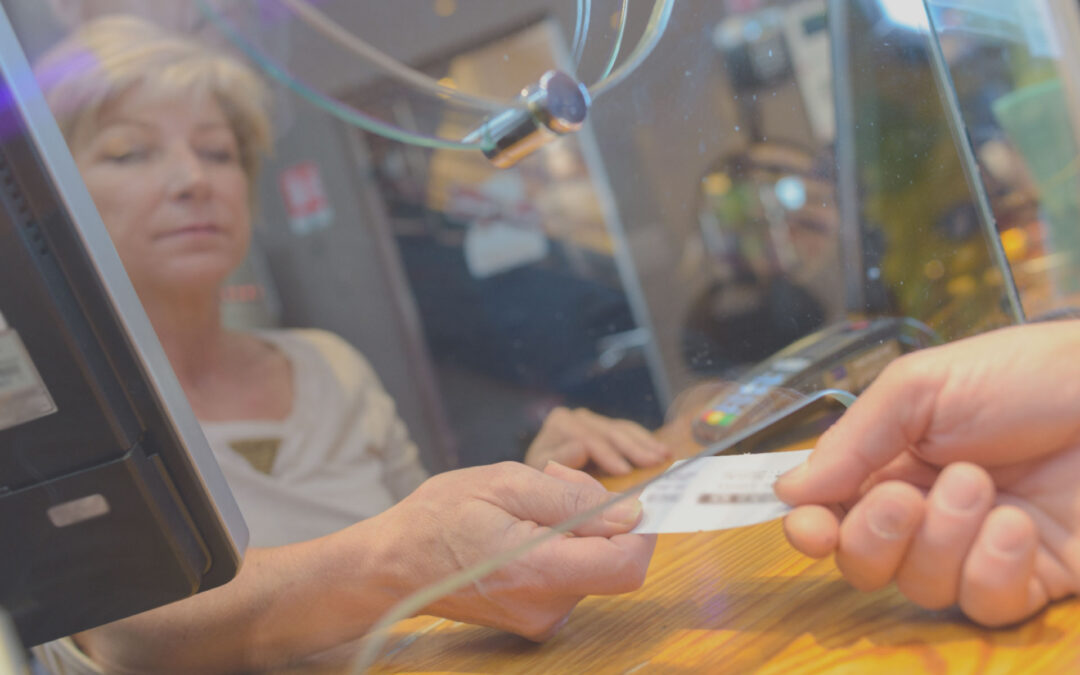Are you happy with your event’s ticket price? Are you confident that you couldn’t be charging more — or that you shouldn’t be charging less?
Finding the perfect ticket price is a tough nut, and very few organizers feel 100% confident that they’ve cracked it.
Today, you may be using a “cost-plus” strategy to price your event. You price above your costs, based on the profit margin you need to hit. If your event costs you $100 a head, and your goal is a 10% profit margin, you price at $110. But this overlooks the most important factor in event pricing: your attendees.
Your Pricing Strategy
Your attendees are the final decision-maker — they will pay for a ticket, or they won’t. And the costs of putting on your event don’t matter to your attendees. Neither do your profit margins. People decide to attend your event based on a simple, very human question: Will this event be more valuable than its price?
To use this to logic to your advantage, you should evaluate your pricing strategy based on three factors: perceived value, the actual price, and the cost per ticket for the event.
- Perceived value is the value your attendees associate with your event. This isn’t just about your event’s offerings — it will depend on your competitive set, your attendee demographics, and the way that you position your event.
- The actual price of your ticket. This may be more or less than the perceived value. If your price is above the perceived value of your event, you’ll struggle to sell tickets. If your price is below the perceived value, it will seem like a great deal.
- The per-ticket cost of putting on your event. These fall into two categories — “fixed” or “variable.” Fixed costs aren’t affected by the number of people who attend your event (such as the cost of your venue). Variable costs change as the number of attendees increases (at a catered event, the cost of food will probably be variable).
Setting Your Initial Price
You know that you want to hit the sweet spot: low enough that you’re below the perceived value of the event (which makes your ticket price appealing), but high enough that you aren’t leaving money on the table. And while I’d like to give you a magic formula, there are simply too many factors at play. Your attendee base might shift, your biggest competitor might introduce a new perk, or your speaker might be featured in a reality TV show…and suddenly that perfect price isn’t perfect anymore.
The best approach is, as it is in so many cases, to test and iterate. That said, you don’t have to shoot blind. To make the best possible estimate, start here:
- Research your competition. A basic Google search will yield results, but don’t stop there. Study their Facebook and Instagram accounts, their paid search results, and their event listings.
- Calculate average price points. How are similar events in your area priced? Knowing what you do about your customers, take a look at other events they might attend — what’s the average price point there?
- Study their pricing strategy. Are your competitors using “tiered” pricing, displaying the number of remaining tickets, or using any other strategies to stimulate sales?
- Identify ways that these competitive events might raise (or lower) their perceived value. Do these events devote entire photo spreads to their artisanal food vendors, or hype their opening act with exclusive interviews? How are they highlighting amenities, perks, their location, or even the type of attendees their event attracts?
Set your initial price based on this research, your understanding of your customer and your event’s positioning strategy. For example: if the average price of similar events in your area is $100, but your event is uniquely attractive to students, you might set a lower base price (or a special student discount) of $80. If you’re torn between a slightly lower and a slightly higher price, err on the lower side — as I’ll explain in the next section, you can always adjust over time.
Adjusting Your Ticket Prices
It’s fairly common for events to set a lower initial ticket price, which you increase as tickets run out. There are many reasons to do this — it helps generate ticket sales, it helps you understand demand for your event, and it creates ambassadors for your event when you need them most. People like to attend events with friends, so once they’ve committed to tickets, they’ll encourage their friends to buy.
Typically, successful organizers on Eventbrite increase prices 3-4 times, “triggered” by different milestones. You might wait until a ticket type sells out: if you’re selling 500 VIP tickets, you might sell the first 100 at $199, and then next 400 at $249. You can also opt to increase prices based on tickets on a set date — and make sure event-goers know your plans to do so. Announce that prices will increase each week leading up to the end, and you’ll drive sales boosts right before each price increase.
In Conclusion
While there’s no “perfect” price for your event, there is a smart way to build your strategy.
Position your event as the best possible value to attendees, and find ways to demonstrate that your event is a better value than other options — including a weekend watching Netflix.
(Social Coup LLC)

